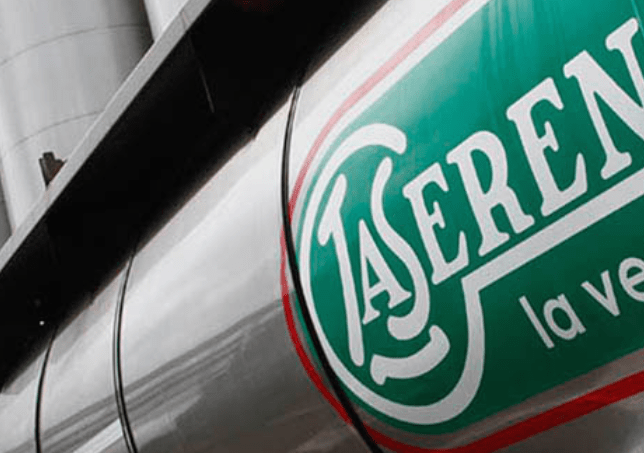The difficulties in procuring cows from cattle markets in Tamil Nadu and Karnataka following Covid-19 have also led to increase in the price.
“There has been around 10-20% rise in price of cows after the Covid-19 lockdown and a crossbred cow which yields 15 litres of milk now costs 70,000-80,000. Lots of people are now venturing into dairying and supply of animals from neighbouring states has been affected due the pandemic. Also, the demand for milk is increasing in neighbouring states as well and all these have led to surge in price of cows,” M Prakash, deputy director of the state dairy development department, said. He said that the department used to procure around 8,000 cows annually for distribution to farmers under the milk shed development and farmers used to bring in around 12,000 cows.
He said that to make available quality cows to dairy farmers at reasonable prices, the department recently set up three heifer farms, two in Palakkad and one in Kasaragod. The parks can supply around 200 cows at a time. Another heifer park will soon come up in Wayanad. P V Muthusamy, a cattle agent at Velamthavalam in Palakkad, said that a crossbred cow of Jersey or HF (Holstein Friesians) breed with a yield of 15 litres that cost 50,000-55,000 in March, now costs around 70,000.
Majority of cows reaching the state are from the cattle markets like Erode in Tamil Nadu and Karnataka and are brought through middlemen.
Malabar Milma managing director K M Vijayakumaran said that many people prefer dairying as a vocation as it has the potential to yield returns without much gestation period. He added that the daily milk procurement of Milma in the Malabar region has increased to 7.2 lakh litres from 6.7 lakh litres during same time last year. Dr Rahul Ravi of Malabar Rural Development Foundation (MRDF) under Milma said that there is shortage of cows in local farms as well.












